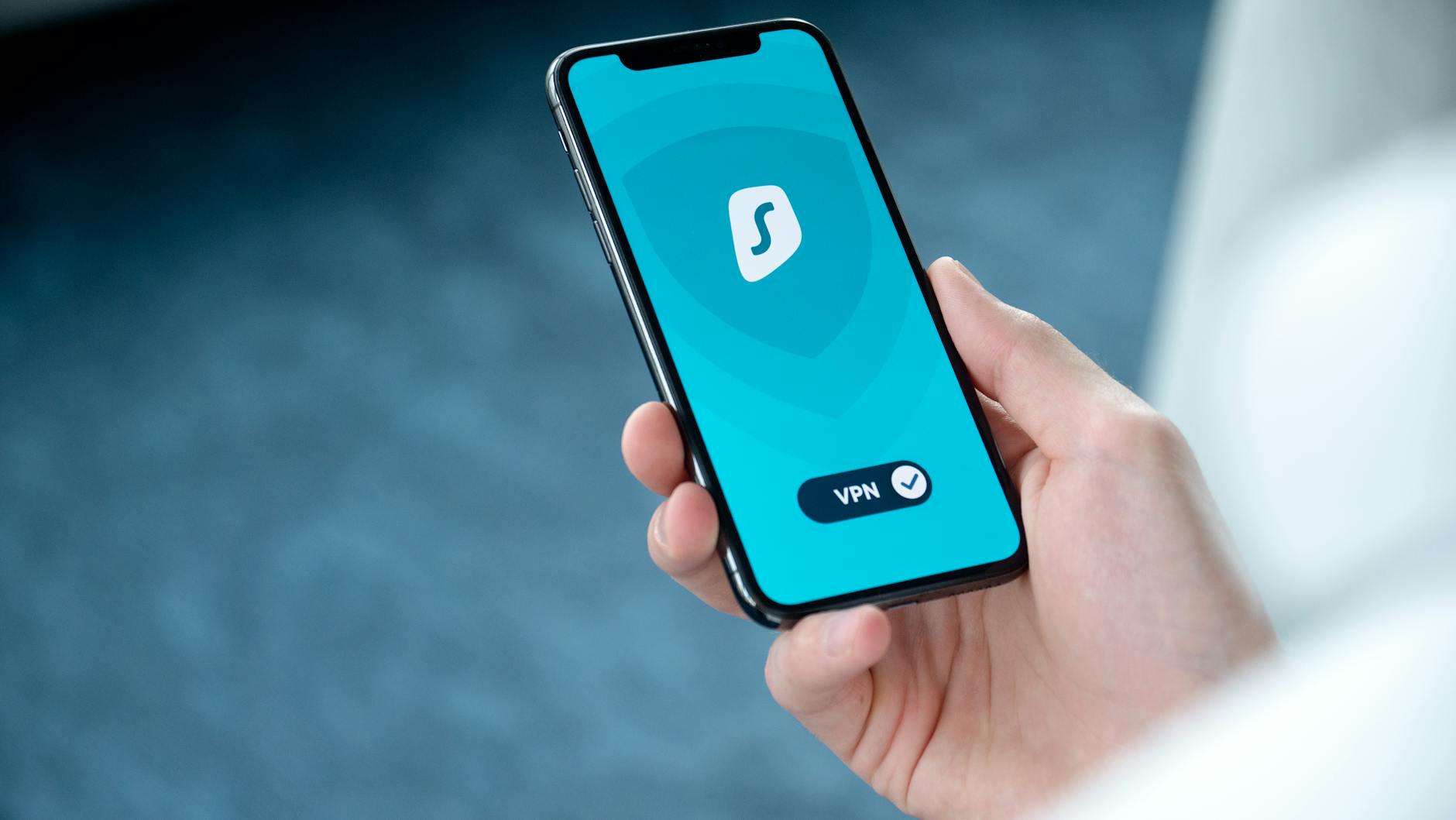Title: Enhancing Phone Security with App Permissions: Best Practices for Safeguarding Your Mobile Data
In today’s digital age, smartphones have become an indispensable part of our lives, seamlessly integrating into our daily routines. However, with this convenience comes the responsibility of safeguarding our personal data and privacy. One crucial aspect of mobile security is managing app permissions effectively. By understanding and controlling app permissions, users can enhance their phone’s security and protect their sensitive information from potential threats.
Understanding App Permissions
App permissions are requests that applications make to access different features or data on your phone. These permissions can range from accessing your location and camera to reading your contacts or sending notifications. When you install an app, you are usually prompted to grant these permissions to enable the app to function properly. However, it’s essential to be cautious when granting permissions, as some apps may misuse them or compromise your privacy.
Importance of App Permissions for Security
Properly managing app permissions is crucial for maintaining the security and privacy of your mobile device. By granting only the necessary permissions to each app, you minimize the risk of unauthorized access to your personal data. For example, a malicious app with excessive permissions could potentially track your location, read your messages, or even record your calls without your knowledge. Therefore, being mindful of app permissions is key to protecting your sensitive information from security breaches and data leaks.
Best Practices for Secure App Permissions
1. Review App Permissions: Regularly audit the permissions granted to your installed apps. Check which permissions each app has and consider whether they are essential for the app’s functionality. Disable any unnecessary permissions to reduce the risk of potential security vulnerabilities.
2. Install Trusted Apps: Download apps only from official app stores like Google Play Store or Apple App Store. These platforms have robust security measures in place to vet and verify apps, minimizing the likelihood of malicious software that may exploit app permissions.
3. Update Apps Regularly: Keep your apps up to date to ensure that security patches and bug fixes are applied promptly. Developers often release updates to address vulnerabilities and improve app security, helping to mitigate risks associated with outdated versions.
4. Grant Least Privileged Access: Adopt the principle of least privilege when granting app permissions. Only give apps access to the specific features or data necessary for their intended functionality. Avoid granting blanket permissions that could potentially compromise your privacy.
5. Use Privacy Settings: Leverage the privacy settings on your device to control app permissions at a system level. These settings allow you to customize permissions for different features, such as location services, camera, microphone, and contacts, providing granular control over app access.
By following these best practices and staying vigilant about app permissions, you can significantly enhance the security of your phone and protect your sensitive data from unauthorized access. Remember that safeguarding your privacy is a proactive effort that requires attention to detail and informed decision-making when managing app permissions. Prioritize security and adopt a cautious approach to app permissions to safeguard your mobile device effectively.



